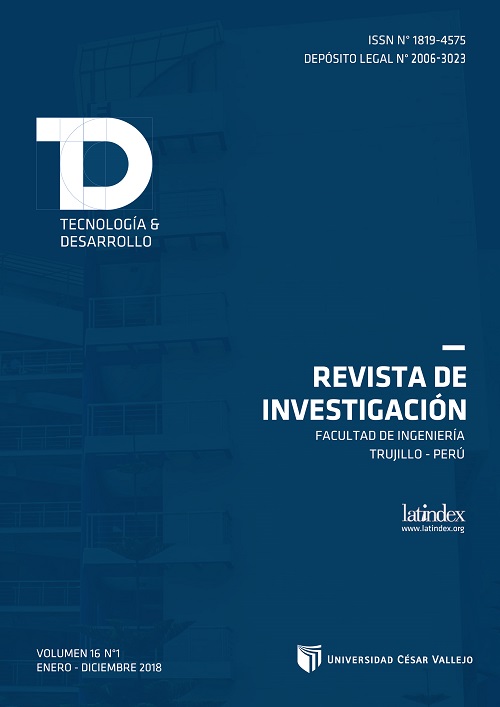Design and manufacture of an automatic swallow dispenser “Barbot”
DOI:
https://doi.org/10.18050/td.v16i1.1954Keywords:
Programming, Robotics, Beverage dispenserAbstract
In this paper presents the design, simulation and implementation of an automatic drinks dispenser “Barbot”, a Barbot is a robotic bartender capable of making all kinds of cocktail drinks, shots of any liquor or other drinks that generate greater complexity, since its application or function is fully programmable according to the need that customers require, in this way the Barbot is an assistant who performs mechanical work with total precision when generating a particular drink. The bars, restaurants and leisure centers are very popular media for people to strengthen their family, social and social ties where the presence of drinks, cocktails and different types of drinks is common consumption. In general, and especially in Peru, the Bartender service is usually manual, however this can become a problem when the demand for drinks and cocktails orders is higher than the capacity to produce them by the workers or those in charge of its preparation, generating production bottlenecks that result in lost time and subsequent discontent in the client. On the other hand, in more private environments there is usually the case of wanting a certain drink or cocktail and not having the time, knowledge or encouragement to elaborate, thereby generating an internal frustration. An alternative solution to the previously described is the development of an automatic beverage dispenser (Barbot) as a highly reprogrammable and easy to use automatic assistant device, does not require the user to have specialized knowledge and allows to obtain different types of drinks and beverages according to the customer’s need. First, the mechanical-electrical structure of the Barbot is implemented and calibrated. Second, the electronic components, the firmware, the working tools of the Barbot are installed, calibrated and configured. Third, a logical structure standard is developed for the application programs in order to guarantee efficient work without collisions. Finally, different results of the Barbot’s work are shown.
Downloads
Published
How to Cite
Issue
Section
License
Copyright (c) 2018 Tecnología & Desarrollo

This work is licensed under a Creative Commons Attribution-NonCommercial 4.0 International License.









